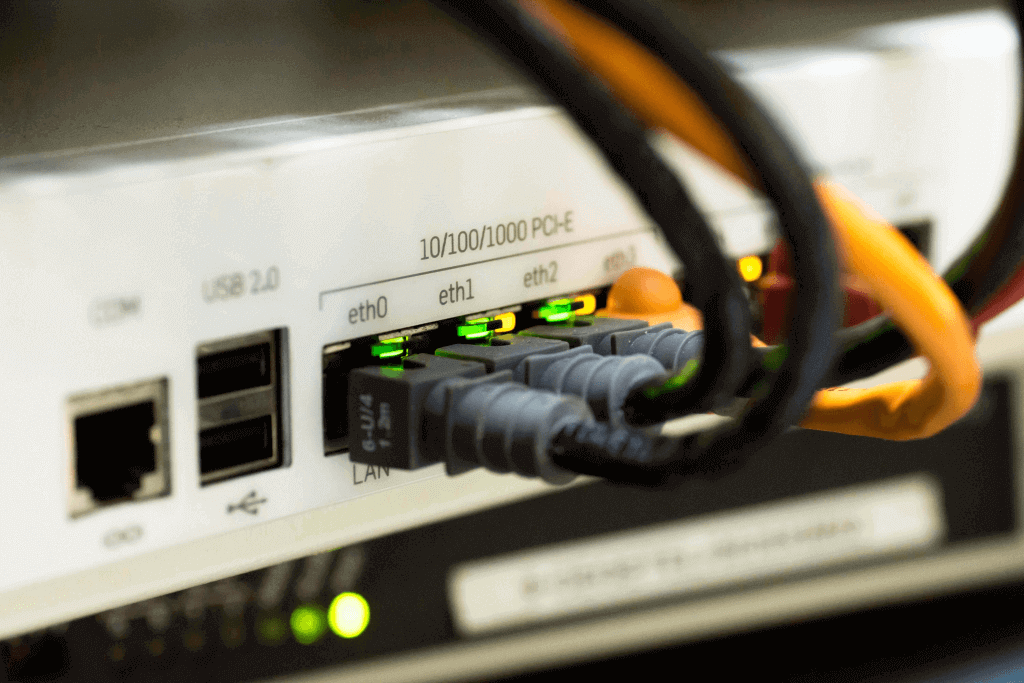Smart homes are cool. The idea of having our home respond to our actions via voice commands or based on what we do and where we are instead of pressing light switches has slowly moved out of the movies and become a realistic option for many of us, but how do you choose the kit that’s right for you, and how do you retrofit it to an existing house?
I started this blog after answering quite a few questions on social media about how I’d retro-fitted smart home technology to my 1980’s house.
The house itself is nothing special. There are four bedrooms and a bathroom upstairs, and a living room, kitchen, dining room, and utility room downstairs as well as the garage, with a driveway at the front and a garden at the back.
It’s situated on a housing estate in the town where I live, and up until recently the best internet connection I could get was a 7Mbps ADSL connection (thankfully I now have a fibre connection that could go to ~900Mbps if I was willing to pay for it…), and as we have kids, a dog, and other expenses, what ever I do needs to be cost-effective and get approval from the rest of the family!
We do have some building work coming up, and in the posts about that I’ll talk about network cable drops etc. however most of the content here will be about how to retrofit smart home solutions to an existing house without the need to bring in electricians or other specialists.
The end goal
My aim at the end of this project (as far as any of these things can ever be considered “finished!") is to have a home that responds to us as we use it.
- Lights inside should come on automatically when it gets dark outside.
- Music should be available throughout the house, but only in certain rooms after particular times of day.
- Interaction should be via voice or smart switches (more on this in a future post!) so that anyone can control the house without the need for an app
- Night lights should respond to people’s movements
There are many, many more things that I want to add as you’ll see in future posts, but for now I’ll sign off and leave you with a question:
How do you ensure a smart home works for all of the people who might interact with it (babysitters, in-laws, elderly relatives, friends) without asking them all to install an App on their phones?
We’ll look at a few answers to this in the next post, but if you have any thoughts please drop them into the comments section below!
